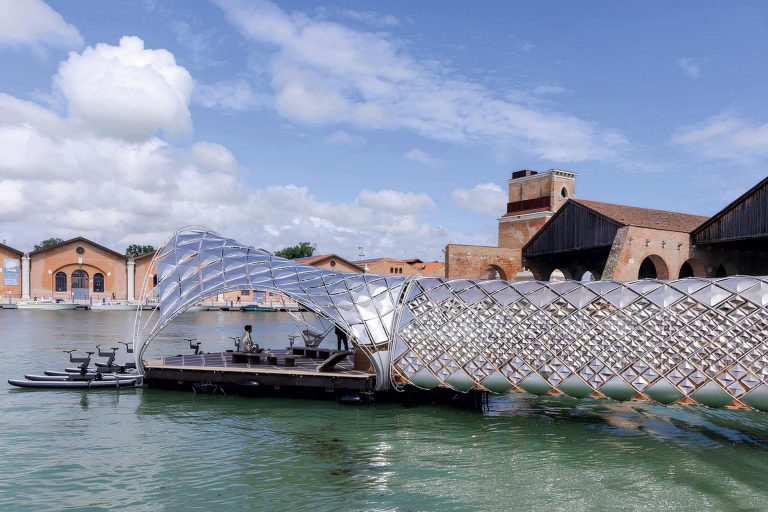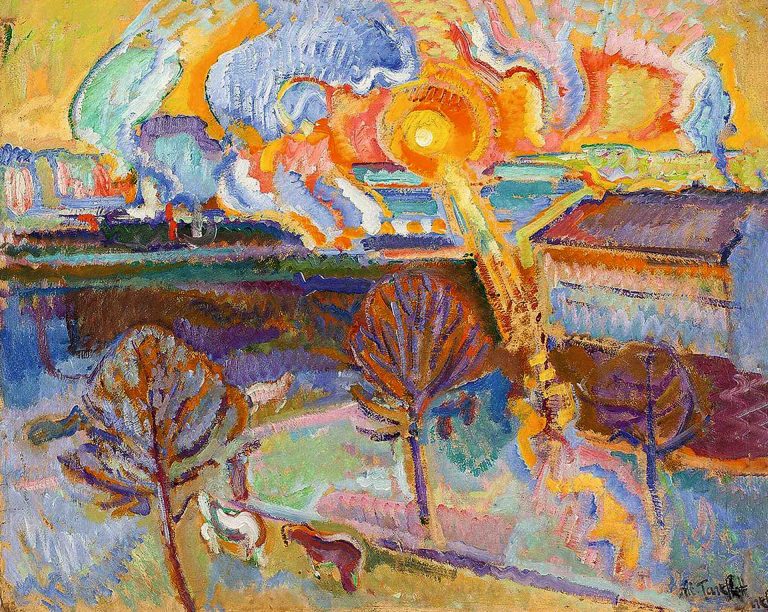Yayoi Kusama’s work never fails to create a buzz, and her exhibitions consistently break attendance records. A major retrospective is set to open in Basel this October, followed by stops in Cologne and then Amsterdam. So what’s the secret behind the Japanese artist’s enduring popularity?
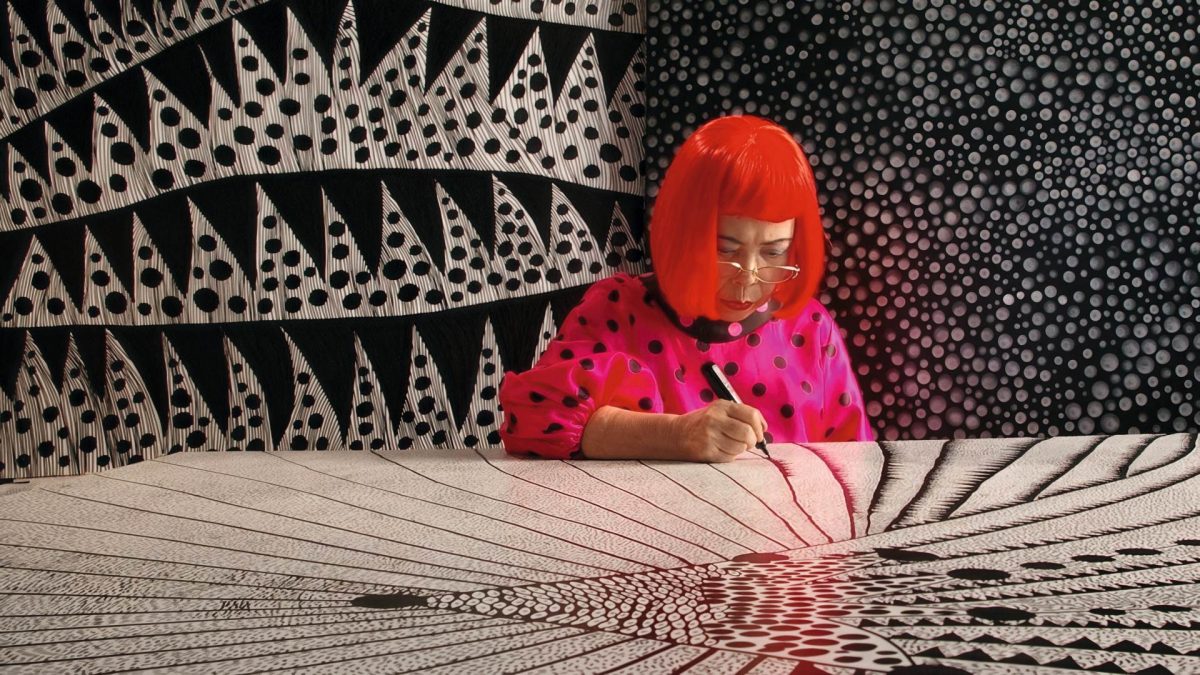
Kusama has achieved what many artists dream of their entire lives: she’s found a style that’s unmistakably her own. Her work is instantly recognizable thanks to a signature pattern of multicolored polka dots. She’s even earned the nickname “Polka Dot Queen.” Kusama is known for her immersive installations, often covering not just individual objects, but entire gallery spaces in red, yellow, and blue dots — and appearing herself in matching outfits. This charming blend of pop art, minimalism, and naïve art has earned her international acclaim. And in the age of social media, her installations offer something else of value: visitors love posing for photos in her whimsical environments, and the selfies quickly go viral. Top fashion houses like Louis Vuitton have partnered with her for high-profile collaborations. Just two years ago, Parisians were stunned to see the brand’s Champs-Élysées store completely covered in her signature dots.
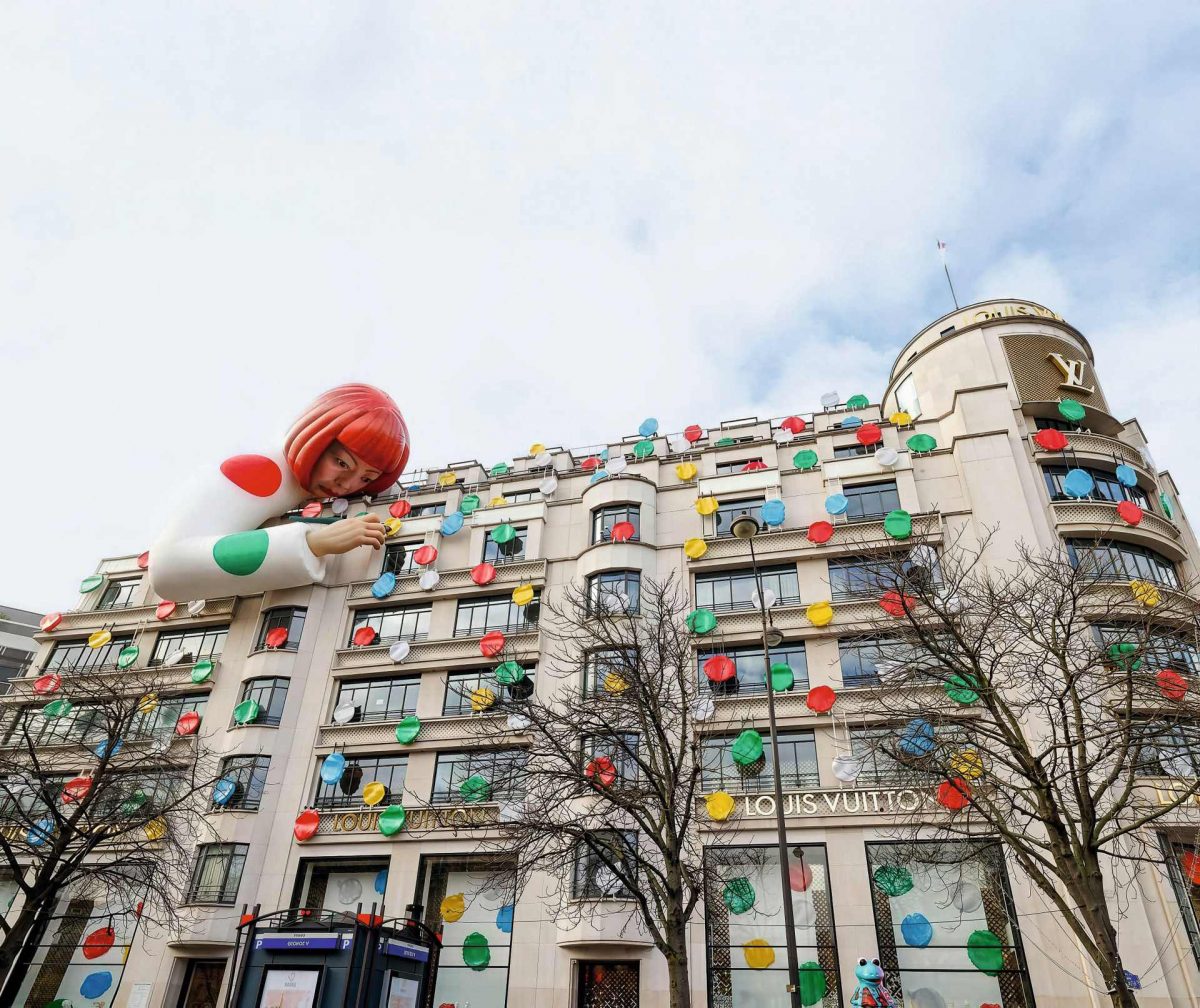
But Kusama’s success didn’t happen overnight. She explored various styles and media before fully discovering her artistic voice. Kusama also experimented with soft sculptures — her most famous being a chair covered in growth-like protrusions resembling bananas. The provocative, phallic shapes were a pointed commentary on the harsh realities of the 1960s Western art world, where women had little hope of achieving the fame enjoyed by male artists. And for a Japanese woman, the odds were even steeper. Fellow countrywoman Yoko Ono, for instance, wasn’t taken seriously for years — though she’s now credited with pioneering happenings and feminist art before it was widely recognized. Kusama didn’t have a Beatle husband to boost her profile, and her path was much harder. She arrived in the U.S. in 1957, but the American art scene was far from welcoming. Later, she would accuse several male contemporaries of stealing her ideas. Among them, she claimed, was none other than Andy Warhol. According to Kusama, the Pop Art icon plastered the walls of Leo Castelli’s gallery with cow posters only after seeing one of her immersive installations. She also accused Claes Oldenburg, known for his oversized soft sculptures, of borrowing that concept from her. Interestingly, Oldenburg’s wife eventually apologized to Kusama.
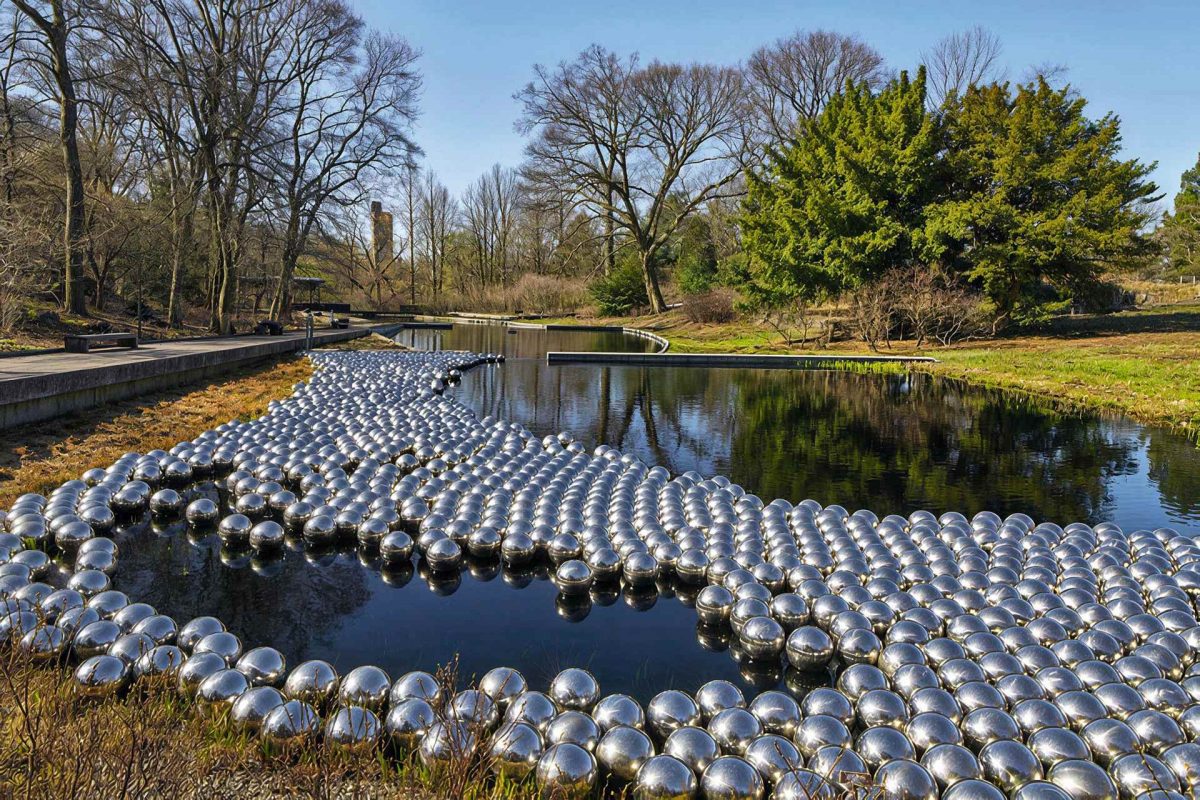
Another key to Kusama’s lasting appeal lies in her outsider status. Audiences have long been drawn to the myth of the “tortured artist” — those who’ve endured poverty, hunger, and even madness, like Vincent van Gogh. Kusama fits that image perfectly. She began showing signs of mental illness in childhood. Raised in a strict household, she was forbidden by her mother from drawing. Postwar Japan was suffocatingly conservative, and women were expected to aspire to nothing more than a good marriage. Yayoi, who had no shortage of suitors thanks to her good looks, chose a different path — one that scandalized her family: she decided to become an artist, and a nonconventional one at that. In the U.S., she staged public happenings that mixed political slogans with nudity. As a result, Kyoto University of the Arts once demanded that her name be removed from their alumni list. Kusama’s fifteen years in the United States took a toll on her mental health. Constantly fighting for recognition, she often sank into deep depression and despair. In 1973, she returned to Japan — but found herself a stranger there as well. Her family was openly ashamed of her. A brief attempt to reinvent herself as an art dealer ended in failure. By 1977, after years of struggling with depression and suicidal thoughts, Kusama became a permanent resident of a psychiatric hospital in Tokyo. This new life suited her. By day, she works in a nearby studio; at night, she returns to the hospital. She’s maintained this routine for over 40 years.
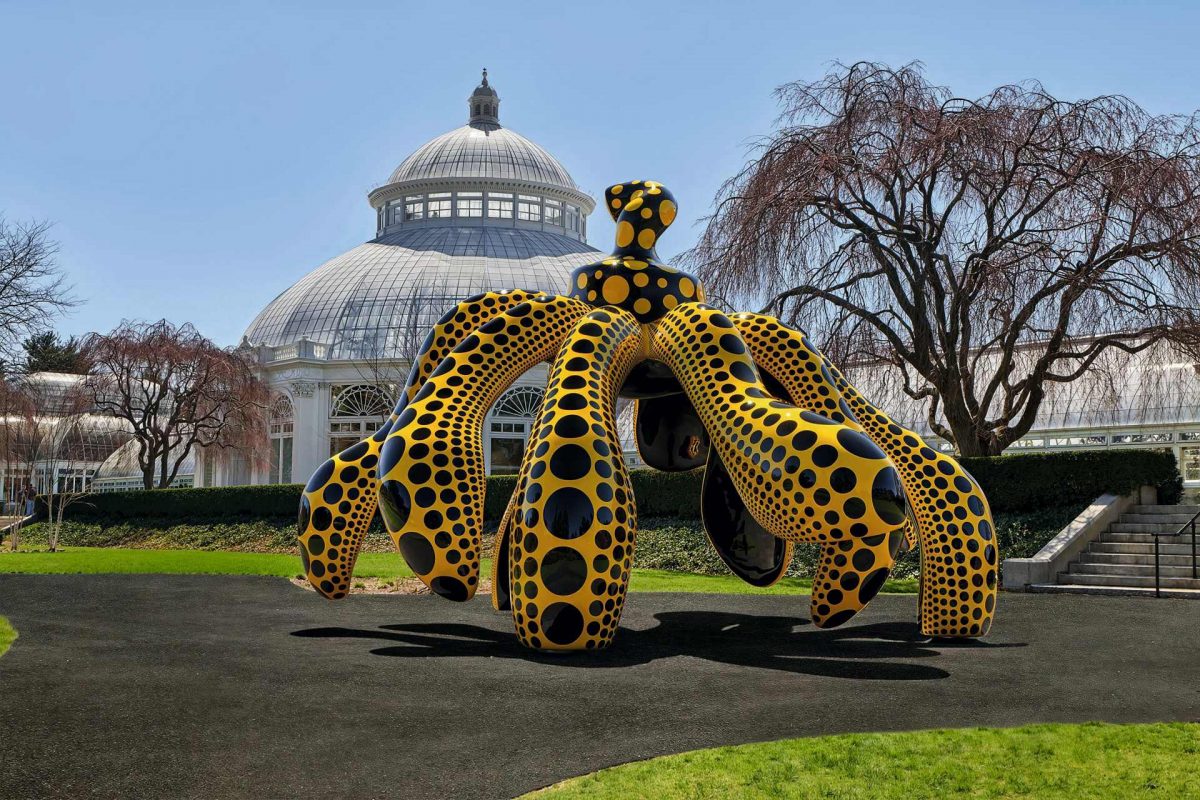
Despite the setbacks, Kusama always remained ambitious and actively promoted her art. She would personally deliver her work to New York galleries — most often just to hear another rejection. At the 1966 Venice Biennale, she staged a bold guerrilla performance: laying out 1,500 mirrored spheres in front of the Italian Pavilion in an installation titled “Narcissus Garden.” Visitors could buy “their own narcissism” — a mirrored ball — for just two dollars. The Biennale’s organizers weren’t impressed and asked her to leave. Still, the spectacle drew attention — even if it was laced with controversy.
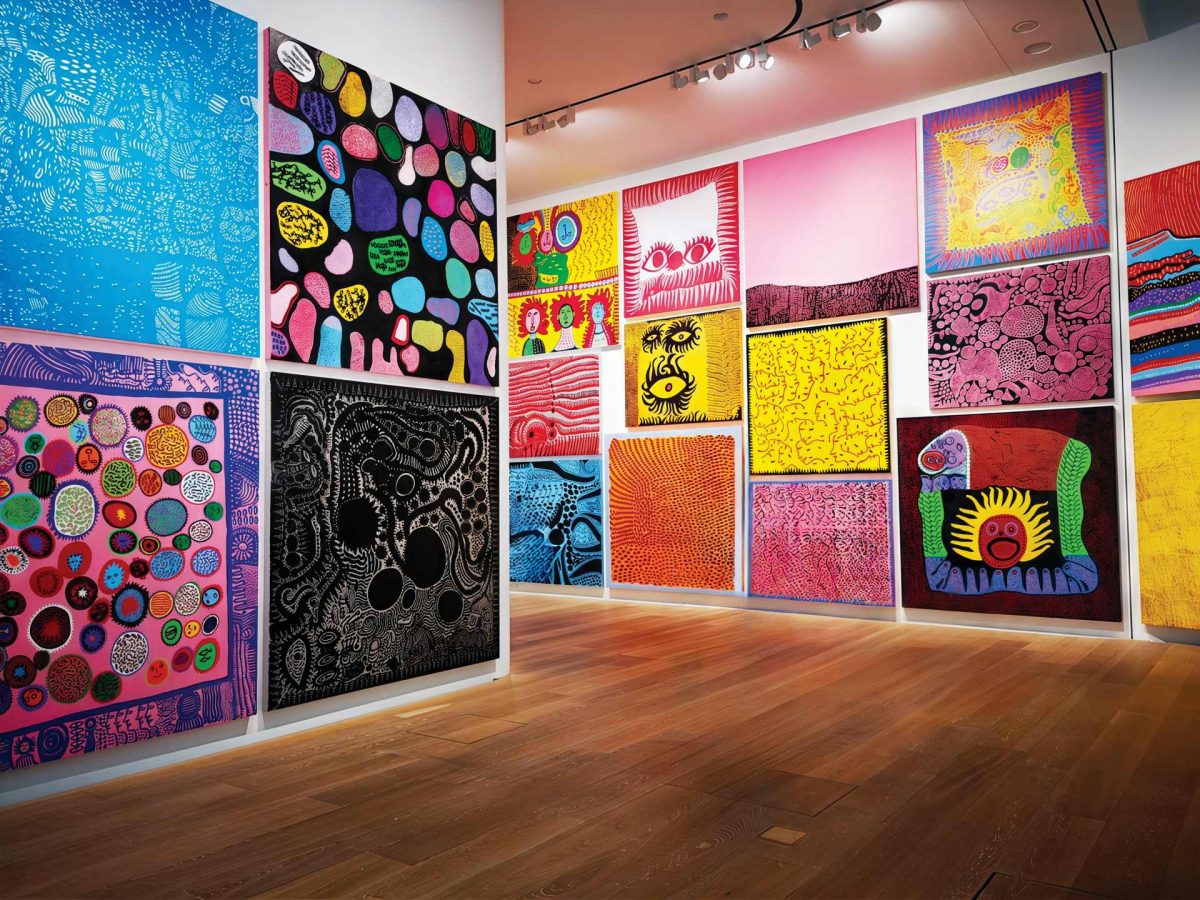
Kusama later returned to the Venice Biennale — this time officially representing Japan — in 1993, 1998, and 1999. Her triumphant comeback was something few could have predicted. After returning to Japan in 1973, she all but vanished from the Western art press. She was nearly forgotten — until 1989, when a major retrospective in New York reignited interest in her work. That show marked the first step toward global recognition. By the mid-1990s, she was finally embraced by Japan as well. And in the 2010s, Kusama became one of the most expensive living artists: in 2008, her piece White No. 28 sold at Christie’s for $7.3 mln. In 2017, the Yayoi Kusama Museum opened in Tokyo — five floors dedicated to her eccentric creations. Art lovers still debate: is Kusama’s work driven more by cold marketing strategy or by her personal pain and madness? Is the art world profiting from someone whose mental health has long been fragile? But Kusama herself, despite her advanced age, shows no signs of slowing down. And the public couldn’t be happier.
Photo: Vostock Photo

